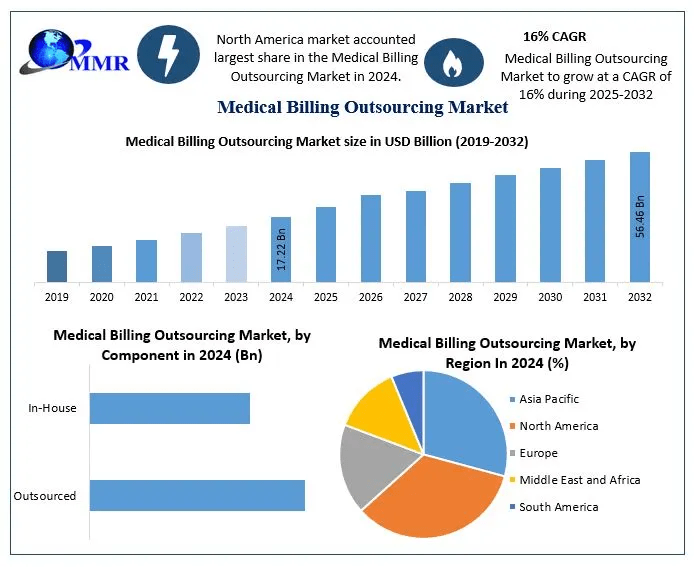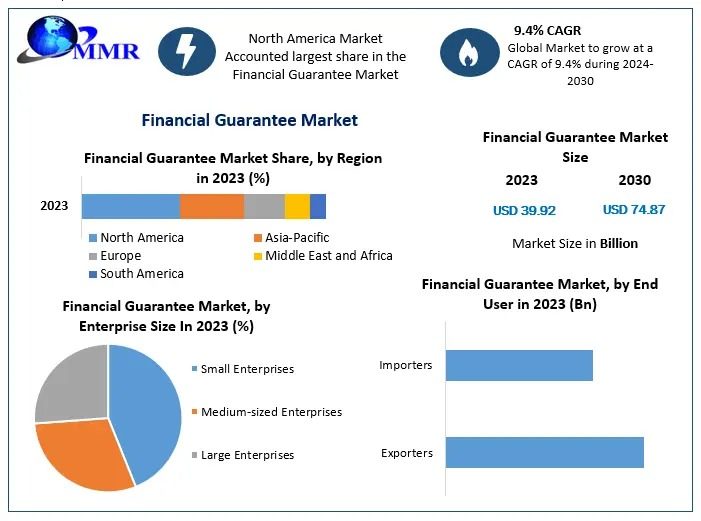Web app development involves creating application programs that are hosted on remote servers and accessed through a web browser. Unlike traditional desktop software, users don’t need to install anything — the app runs directly online. Popular platforms like online shopping sites, internet banking systems, and productivity tools like Google Docs are great examples of web applications.
Why Are Web Applications Gaining Popularity?
It’s simple — they offer convenience, easy accessibility, and are budget-friendly. A user can log in from any device, at any location, without worrying about downloads or system compatibility. For businesses, web apps provide a broader audience reach, easier updates, and lower maintenance costs.
Core Elements of a Web Application
Frontend Development
This part is all about what users interact with. Frontend development, using HTML, CSS, and JavaScript, ensures that the web app is visually appealing and easy to navigate.
Backend Development
The backend powers the core functionality — managing databases, authentication, and server-side logic. It’s the hidden engine that makes everything run smoothly.
Database Management
Databases store all critical information, from user profiles to transactions. An efficient database system is essential for the seamless operation of any web application.
Types of Web Applications
Static Web Apps
These are the simplest types, displaying fixed content crafted with HTML and CSS.
Dynamic Web Apps
Unlike static apps, dynamic web applications can change and update information in real time based on user interactions, much like social media platforms.
Single Page Applications (SPA)
SPAs deliver a smoother user experience by loading a single page and dynamically updating content without refreshing the page. Popular examples include Gmail and Trello.
Progressive Web Applications (PWA)
PWAs combine the best of web and mobile apps, offering offline access, push notifications, and home-screen installation capabilities.
The Web App Development Journey
Step 1: Gathering Requirements
Start by understanding your audience, their needs, and your business goals. Without this foundation, the project risks going off track.
Step 2: Planning and Strategy
Outline the project roadmap — including tech stacks, budgets, timelines, and feature lists. A well-thought-out plan paves the way for success.
Step 3: UI/UX Design
Craft user interfaces that are both attractive and user-friendly. A great design leaves a lasting impression.
Step 4: Development Phase
Both frontend and backend developers bring the designs to life and implement core functionalities.
Step 5: Testing and Quality Assurance
Thorough testing helps identify and eliminate bugs, ensuring the application performs flawlessly.
Step 6: Deployment and Ongoing Maintenance
Once launched, regular updates, security patches, and feature enhancements are necessary to keep the application competitive.
To streamline this entire workflow, many businesses partner with companies that specialize in web application development services, ensuring the final product is robust, scalable, and future-ready.
Technologies Commonly Used in Web App Development
Frontend Tools (HTML, CSS, JavaScript)
These technologies build the visual and interactive elements of web applications.
Backend Technologies (Node.js, Python, PHP, etc.)
The backend stack determines the application’s performance. Node.js suits real-time apps, while Python is great for complex solutions.
Database Systems (SQL, NoSQL)
Relational databases like MySQL are ideal for structured data, while NoSQL databases such as MongoDB offer flexibility for evolving requirements.
Best Practices for Building Outstanding Web Apps
- Focus on User Experience
Create intuitive and seamless user journeys to retain and engage visitors. - Ensure Mobile Compatibility
With the majority of web traffic coming from mobile devices, responsiveness is non-negotiable. - Optimize for Speed
Fast-loading apps enhance both user satisfaction and search engine rankings. - Implement Strong Security Measures
Protecting user data through HTTPS, encryption, and frequent security audits is essential.
Challenges Developers Face
Scalability
Apps that work well with a few users might falter under heavy traffic. Planning for scalability from the outset is crucial.
Cybersecurity Threats
Web apps are exposed to risks like cross-site scripting (XSS) and SQL injections. Constant vigilance and updates are vital.
Keeping Up with Technology
Rapid advancements mean developers must stay updated with the latest tools, frameworks, and trends.
Web App Development Costs
Factors That Influence Costs
Project complexity, feature set, third-party integrations, and the geographical location of your development team all play a role.
Budget-Friendly Tips
Focus on building the core functionalities first and consider adopting an agile development model to manage budgets effectively.
Future of Web Application Development
AI and Machine Learning Integration
Expect more apps that adapt and personalize experiences for users, thanks to AI and machine learning.
Voice-Activated Web Apps
Voice commands are becoming a mainstream way to interact with applications, offering a new layer of convenience.
Growing Importance of Cybersecurity
With increasing cyber threats, robust security features are becoming a primary focus in development strategies.
Conclusion
Web app development continues to transform how businesses and users interact online. Whether you’re planning your first app or expanding your digital presence, understanding the development journey is crucial. To ensure quality and innovation, many businesses turn to experienced web application development companies who can bring their vision to life while leveraging cutting-edge technologies.
With a strong foundation, careful planning, and a focus on user experience, you can build a web application that stands out and delivers lasting value.












